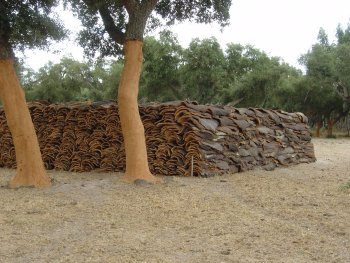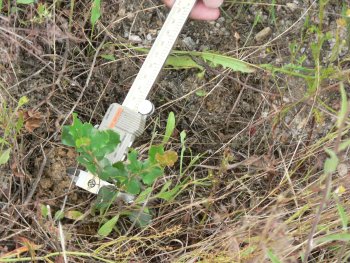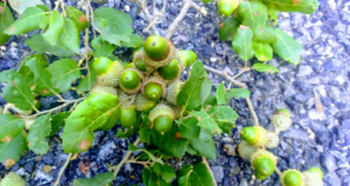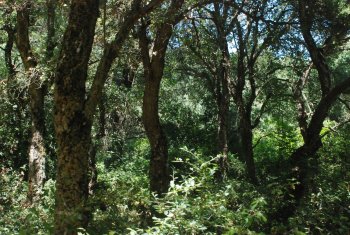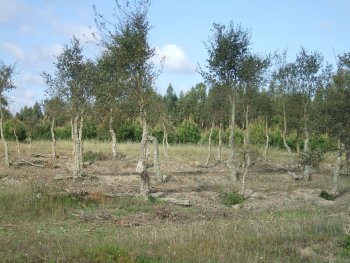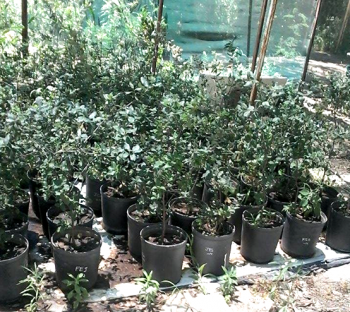The cork humidity parameter in the commercialization
The humidity of cork has always been a parameter considered in its commercialization, and is usually expressed as a percentage discount on the total cork quantity. Percentual moisture discounts are usually incorrectly applied, as they are applied directly to the quantity of cork. The same discount applied to cork with different moisture's content can translate into discounts in quantity of cork and not water.
This factsheet intents to inform the cork producers for the relevance of cork sampling for moisture content determination in order to establish the humidity discount in the...

